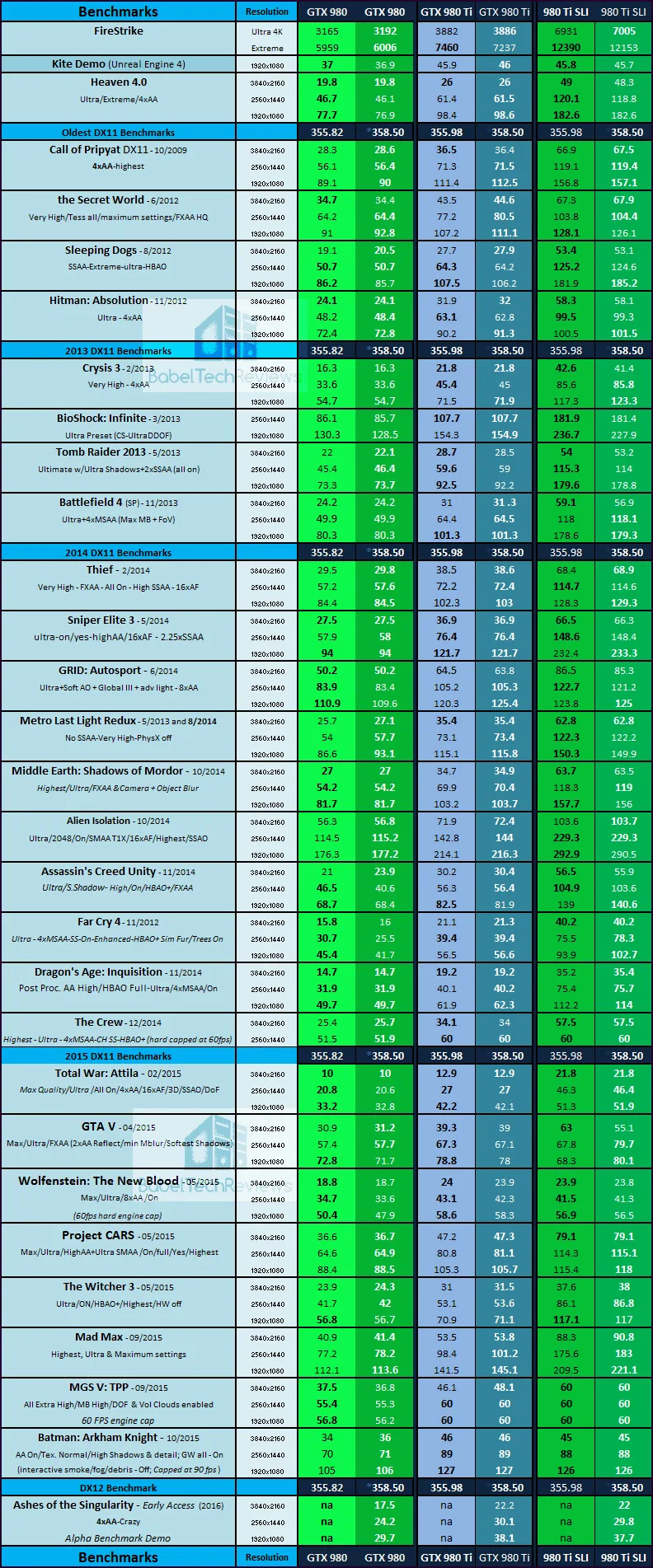As regularly featured by BabelTechReviews, this performance analysis charts the performance of 27 games using the latest GeForce WHQL 358.50 driver that was released primarily for the Star Wars: Battlefront Open Beta on October 7. We are comparing WHQL 358.50 versus the Geforce WHQL 355.98 driver that was released at the end of September for Killing Floor 2. However, we are going to focus on our latest benchmark, Ashes of the Singularity, which is the first publicly released DX12 benchmark, so far.
We are introducing something new at BTR. The Big Picture, once reserved for video card reviews, will be included in every driver performance analysis beginning with this one. We are comparing the GTX 980 Ti versus the Fury X, the GTX 980 versus the R9 390X OC, the GTX 970 OC versus the R9 290X, and for added information, recent 290X CrossFire and GTX 980 SLI results. The Fury X is benchmarked with the Catalyst 15.9.1 betas, and the GTX 980 Ti/SLI and GTX 980 are on the very latest Nvidia GeForce 358.50 drivers.
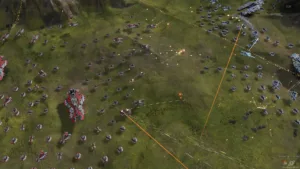 We want to document the performance changes of this current WHQL 358.50 driver on Windows 10. We are also benching for an upcoming evaluation of the new AMD Windows 10 15.10 beta driver and will update Radeon results with the latest drivers in our next Big Picture.
We want to document the performance changes of this current WHQL 358.50 driver on Windows 10. We are also benching for an upcoming evaluation of the new AMD Windows 10 15.10 beta driver and will update Radeon results with the latest drivers in our next Big Picture.
This driver performance analysis features Nvidia’s top Maxwell gaming GeForce card, the GTX 980 Ti, and we also benchmark GTX 980 Ti SLI. We have just now added the GTX 980 to our driver analysis results and we also add the GTX 970 EXOC and the GTX 960 results for Ashes of the Singularity DX12 benchmark. We are going to give you the performance results of the GTX 980, the GTX 980 Ti, and GTX 980 Ti SLI at 1920×1080, 2560×1440, and at 3840×2160 resolutions. This driver performance evaluation will chart a natural comparison of the performance changes since Nvidia’s last WHQL driver set.
Our testing platform is Windows 10 Home 64-bit, using an Intel Core i7-4790K at 4.00GHz which turbos to 4.4GHz for all cores, an ASUS Z97E motherboard, and 16GB of Kingston “Beast” HyperX RAM at 2133MHz. The settings and hardware are identical except for the drivers being tested.
At GTX 970 and above, we test at higher settings and resolutions generally than we test midrange and lower-end cards. All of our games are now tested at three resolutions: 3840×2160, 2560×1440 and 1920×1080 at 60Hz, and we use DX11 whenever possible with a very strong emphasis on the latest games. For our next GeForce performance analysis, we will add the GTX 970 results.
Let’s get right to the test configuration, the driver release notes, and then to the results.
Test Configuration & Driver Release Notes
Test Configuration – Hardware
- Intel Core i7-4790K (reference 4.0GHz, HyperThreading and Turbo boost is on to 4.4GHz; DX11 CPU graphics), supplied by Intel.
- ASUS Z97-E motherboard (Intel Z97 chipset, latest BIOS, PCOe 3.0 specification, CrossFire/SLI 8x+8x)
- Kingston 16 GB HyperX Beast DDR3 RAM (2×8 GB, dual-channel at 2133MHz, supplied by Kingston)
- GeForce GTX 980 Ti, 6GB reference clocks, supplied by Nvidia
- EVGA GTX 980 Ti, 6GB, at reference clocks, supplied by EVGA
- GeForce GTX 980, 4GB, reference clocks, supplied by Nvidia
- GALAX GTX 970 EXOC, GALAX factory clocks, supplied by GALAX
- 2TB Toshiba 7200 rpm HDD
- EVGA 1000G 1000W power supply unit
- Cooler Master 2.0 Seidon, supplied by Cooler Master
- Onboard Realtek Audio
- Genius SP-D150 speakers, supplied by Genius
- Thermaltake Overseer RX-I full tower case, supplied by Thermaltake
- ASUS 12X Blu-ray writer
- Monoprice Crystal Pro 4K
Test Configuration – Software
- Nvidia GeForce 358.50 WHQL drivers and GeForce 355.98 WHQL drivers for the GTX 980 and GTX 980 Ti, including for SLI. High Quality, prefer maximum performance, single display.
- VSync is off in the control panel.
- AA enabled as noted in games; all in-game settings are specified with 16xAF always applied
- All results show average frame rates except as noted.
- Highest quality sound (stereo) used in all games.
- Windows 10 64-bit Home edition, all DX11 titles were run under DX11 render paths. DX12 title is run under the DX12 render path. Latest DirectX
- All games are patched to their latest versions at time of publication.
- PrecisionX, latest version.
The 26 Game benchmarks & 3 synthetic tests
- Synthetic
- Firestrike – Basic & Extreme
- Heaven 4.0
- Kite Demo, Unreal Engine 4
-
DX11
- STALKER, Call of Pripyat
- the Secret World
- Sleeping Dogs
- Hitman: Absolution
- Tomb Raider: 2013
- Crysis 3
- BioShock: Infinite
- Metro: Last Light Redux (2014)
- Battlefield 4
- Thief
- Sniper Elite 3
- GRID: Autosport
- Middle Earth: Shadows of Mordor
- Alien Isolation
- Assassin’s Creed Unity
- Far Cry 4
- Dragon’s Age: Inquisition
- The Crew
- Total War: Attila
- Wolfenstein: The Old Blood
- Grand Theft Auto V
- ProjectCARS
- the Witcher 3
- Batman: Arkham Origins
- Mad Max
- Metal Gear Solid V: The Phantom Pain
- DX12 Games
- Ashes of the Singularity – Alpha Demo benchmark
Let’s first look at Ashes of the Singularity performance using the GTX 980 Ti, 980 Ti SLI, GTX 980, GTX 970 EXOC and the GTX 960.
Ashes of the Singularity
Ashes of the Singularity is an AMD Evolved title as a Steam Early Access Pre-Beta. It is scheduled to be released next year, but it is an Alpha DX12 game in an unfinished and unoptimized state. It is an RTS much in the style of Supreme Commander and it uses DX12 to make it possible for very large numbers of units to interact at one time onscreen.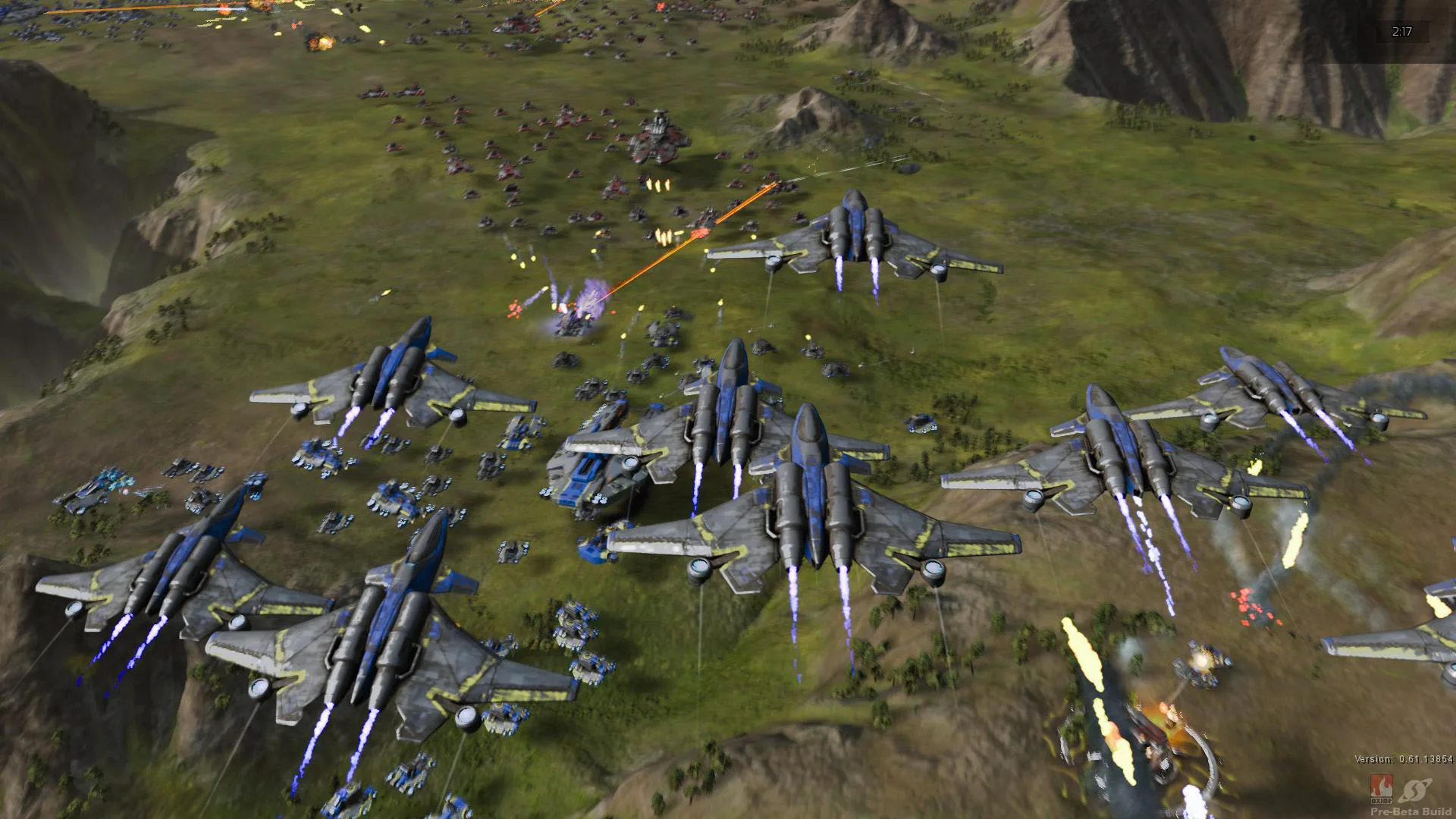
There is only one playable race now, and many promised features are yet to be introduced, but the benchmark – although cranky about changing resolutions – seems to be repeatable and an accurate depiction of what is happening in the game.
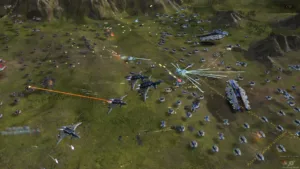 The benchmark is quite challenging at higher resolutions and with “Crazy” (above High) settings plus 4xMSAA applied. Here are the settings that we used. Every setting is fully maxed out.
The benchmark is quite challenging at higher resolutions and with “Crazy” (above High) settings plus 4xMSAA applied. Here are the settings that we used. Every setting is fully maxed out.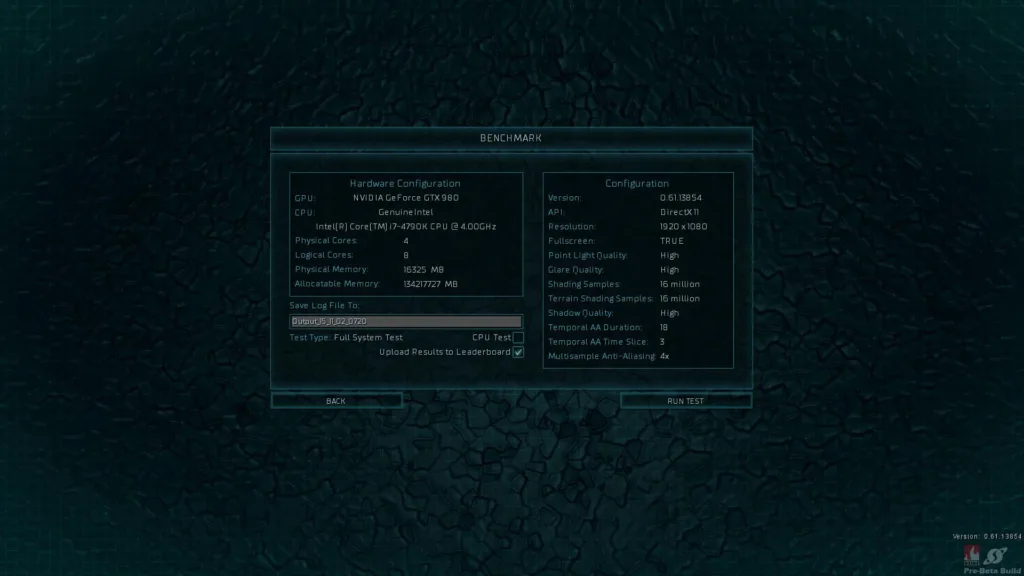 Here are the DX12 performance results benching Ashes of the Singularity for the GTX 960, the GTX 970 EXOC, the GTX 980, the GTX 980 Ti, and GTX 980 Ti SLI.
Here are the DX12 performance results benching Ashes of the Singularity for the GTX 960, the GTX 970 EXOC, the GTX 980, the GTX 980 Ti, and GTX 980 Ti SLI.
This may or may not turn out to be a good DX12 benchmark, but in the absence of any other, we will continue to chart its progress until the game is released.
Lets look at Nvidia’s release highlights regarding the GeForce 358.50 WHQL driver before we head to performance testing.
Release Notes Highlights for GeForce 358.50
This is a short list highlighting the fact that Nvidia’s WHQL driver release schedule is continuing to be tied to the release of AAA games.
This new GeForce Game Ready driver ensures you’ll have the best possible gaming experience in the Star Wars: Battlefront Open Beta. This driver also brings support for the latest OpenGL ARB extensions as well as OpenGL ES 3.2. In addition, this Game Ready driver also includes updated features and functionality for the GameWorks VR software development kit (SDK).
Game Ready
Learn more about how to get the optimal experience here: Star Wars: Battlefront Open BetaGaming Technology
Supports OpenGL 2015 ARB extensions and OpenGL ES 3.2GameWorks VR Support
Updated driver support for GameWorks VR SDK, adding VR SLI enhancements, and bug fixes. Learn more atdeveloper.nvidia.com/vr.
For the comprehensive release notes, you will need to download the .pdf
Let’s head to the chart and compare the driver progress with the GTX 980 Ti and with the GTX 980 Ti SLI since we tested the last time.
Benchmarks & Performance Analysis
Here are our results of 27 games and 3 synthetics compared between GeForce 358.50 WHQL drivers, and GeForce 355.98 WHQL drivers using the GTX 980, theGTX 980 Ti, and GTX 980 Ti SLI. Each set of WHQL drivers are compared against the other in the adjoining results column and the higher performance number is in bold. If there is a tie, both results are given in bold type.
As usual, we note mostly small improvements with Nvidia’s new GeForce 358.50 over the older 355.98 drivers, including a few standouts in some games. We generally see improvements and again, a possible rebalancing of GTX 980 Ti SLI.
The Big Picture once reserved for video card reviews has been expanded to feature all of our competing cards on recent drivers. We are beginning with the GTX 980 Ti versus the Fury X, the GTX 980 versus the R9 390X OC, the GTX 970 OC versus the R9 290X, and for added information, 290X CrossFire and GTX 980 SLI results. The Fury X is on the latest Catalyst 15.9.1 betas and the GTX 980 Ti/SLI and GTX 980 are on the very latest Nvidia 358.50 drivers. The 290X/CF and 390X are on Catalyst 15.8 and the GTX 970 XOC is on GeForce 355.82 as shown on the top and last lines of the chart.
The Big Picture
Conclusion:
We would recommend upgrading to the latest GeForce 358.50 driver because there are generally incremental advantages, and no large performance-impacting negatives that we have encountered. It is Nvidia’s latest WHQL driver for Windows 10, and we will be using it this week to analyze performance of AMD’s latest Catalyst driver.
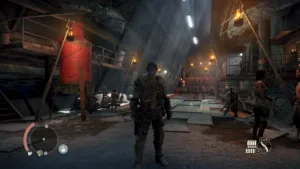 GeForce 358.50 is also the driver to use for the latest really fun games that we are playing, including Mad Max, Metal Gear Solid V: The Phantom Pain, and Killing Floor 2. It appears that Nvidia intends to release a WHQL driver with each new major PC game release, and we are looking forward to evaluating the next one.
GeForce 358.50 is also the driver to use for the latest really fun games that we are playing, including Mad Max, Metal Gear Solid V: The Phantom Pain, and Killing Floor 2. It appears that Nvidia intends to release a WHQL driver with each new major PC game release, and we are looking forward to evaluating the next one.
Stay tuned, next up we are benching for an upcoming driver performance evaluation of AMD’s newest Catalyst 15.10 Windows 10 driver.
Happy gaming!

